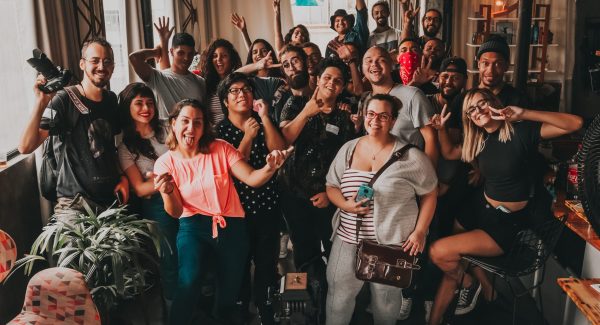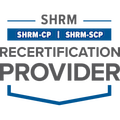- +1 902 932 7300
- Academy@roman3.ca
- Mon - Fri: 9:00am - 9:00pm
- 11 Opportunity Lane, Coldbrook Nova Scotia, Canada B4R 0A5
Prioritize Inclusion Series:
Common Mistakes With Inclusion Part 2
Why inclusion in the workplace often fails
Continuing on from Common mistakes with inclusion part 1, it is important to recognize how our current understanding about diversity and inclusion greatly impacts the way we implement it into our workplace. This is often where the fault in our failed DEI strategies tends to stem from. Sometimes we are looking at the solution as something we plug into the existing culture, as a quick bandaid, and then we go on with our day. This is a problematic perspective and is a myth I spend a lot of time trying to dispel. The truth is, DEI is not a new coat of paint meant to touch up the workplace, DEI is a complete renovation, often right down to the wall studs.
To help deepen your understanding of what creating DEI actually entails, Here are two common misunderstandings that hurt our DEI initiates, building on the list from my previous article.
Mistake #3: Inclusion is thought of as a melting pot, rather than a mosaic
According to a Forbes article, our approach to diversity and inclusion comes from the faulting assumption that true inclusion is really about assimilation.
The days of taking a one-size-fits-all approach are over, never to exist again. Our goal as leaders is to convert the melting pot of differences into a mosaic that fuels strategies for growth, innovation, and opportunity to maximize the full potential of people, brands, and businesses. Diversity and inclusion must be about understanding your identity and the identities of all people. Only then can we be courageous enough to steer away from like-mindedness through assimilating people’s differences (melting pot) and towards like-mindedness through honoring those differences (mosaic). To do this, initiatives designed for “cultural competency” aren’t enough. Diversity and inclusion requires diverse and non-diverse leaders to work together to create a culture that embraces diversity of thought and deploys the required best practices, development tools, and resources to maximize talent engagement, advancement, workplace performance, and overall satisfaction.
Workplaces need to recognize and respect the individual differences that make up a workplace. It is the unique and fresh perspectives that allow organizations to understand the evolving needs of the consumer market, attract the best talent, and inspire innovation. Diversity of Perspective is something that creates a strong competitive edge for any businesses.
A mosaic inspires, where a melting pot diminishes.
Mistake #4: Prioritizing “Fitting In”, rather than “Being A Good Fit”
Part of the difference between the mosaic and the melting pot is the type of fit you are looking for. If you are looking for someone who is “like us” or requires that people work to “fit in” you are requiring that they assimilate. Which is not inclusion. Assimilation is about requiring them to change who they are to fit within the power structures and status quo. The opposite of inclusion.
What a business really needs is Value Fit, where regardless of their looks, interests, background, or abilities they all share core values; such as transparency, mutual respect, hard work, etc… They are an unique individual who may look and think differently, but they share the characteristics around values that allow them to work well within the existing team, without sacrificing their differences.
According to TechCrunch, Cultural fit (better referred to as Fit of Assimilation) is an outmoded concept that often becomes a limiting constraint when it comes to hiring. Businesses need to instead, find employees who are a value fit. Finding employees that share your values is much more difficult than finding employees who look and act like everyone else on the team. But the end result will be a much stronger, creative, and dynamic team aligned around a common purpose.
According to The Havard Business Review, there have been Meta-analyses that have found people whose values are more aligned to those of their organization are more committed to the organization, more satisfied with their job, and less inclined to leave. This means that a higher value fit is associated with higher retention for people who, because of being demographically different, are typically more at risk for low retention.


The expectations of the workplace culture matters
When an organization is creating commitments to diversity, equity, and inclusion, it is important that they have a clear and intentional understanding of what that means for their company and its employees. Even the most well-intentioned organization can be guilty of band-aid solutions that will make no real difference because they misunderstand what true inclusion looks like. By realizing that DEI is a renovation, we need to be willing to tear down the broken parts of our culture and invest in making the remodel work the best it can. Otherwise, we risk slapping on a new coat of paint that won’t take, and before long, we are back where we started.



